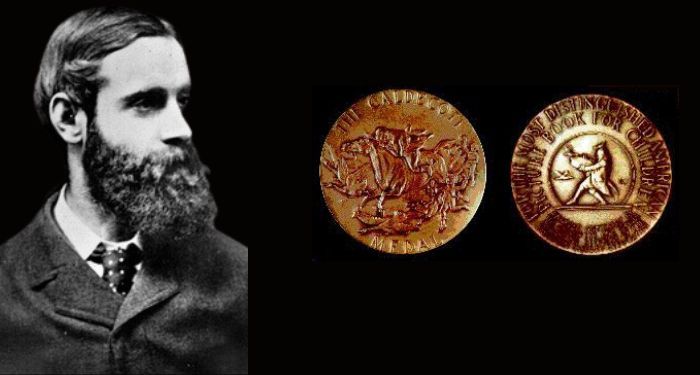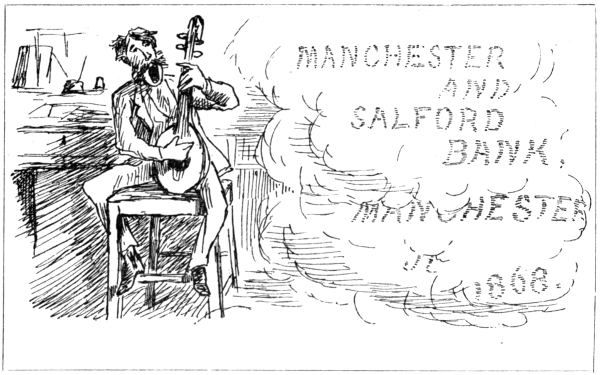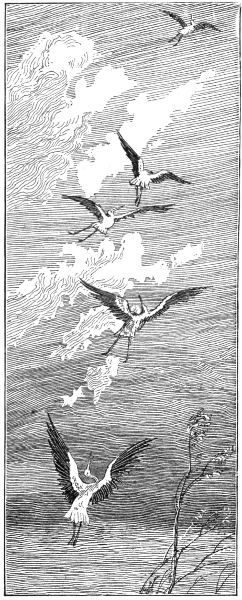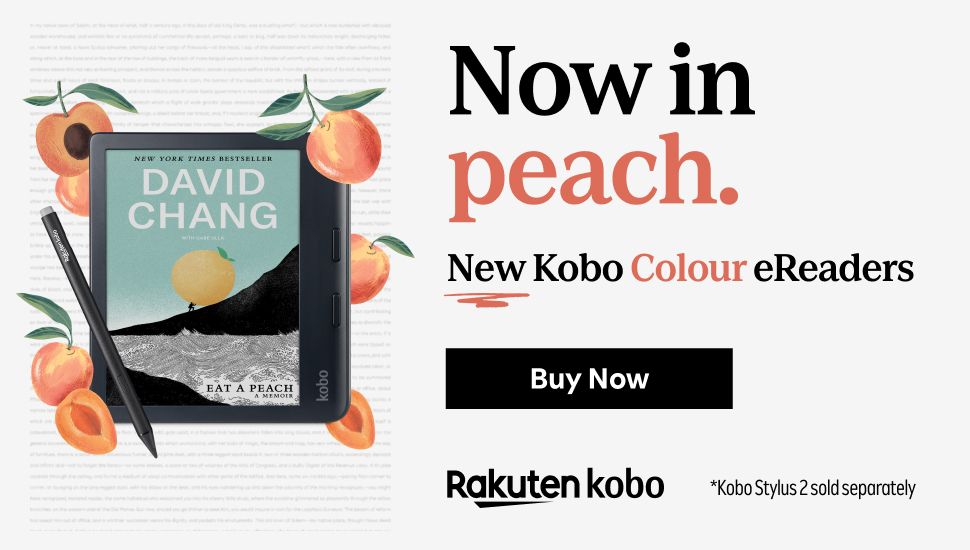
Who Was Randolph Caldecott?
If you’re involved in the literature world, you’ve probably heard of the Caldecott Medal, an annual award given to the artist of the “most distinguished American picture book for children” every year. The first winner in 1938 was Dorothy P. Lathrop for her illustrations in Animals of the Bible: A Picture Book, and the medal has been granted yearly since then. Jason Chin was awarded the medal in 2022 for his illustrations in Watercress.
The award is named after renowned children’s book illustrator Randolph Caldecott, who rose to prominence in the late 1800s.
But Who Was Randolph Caldecott?
Born to John and Mary Caldecott in 1846, Randolph Caldecott was the third of seven siblings. According to Randolph Caldecott: The Man Who Could Not Stop Drawing by Leonard S. Marcus, at 6, Caldecott’s mother died and, in that same year, he started to “draw and to make animal figures out of wood and clay.” Though rheumatic fever weakened his heart as a boy, Caldecott loved sports and “had a fondness for rural pursuits,” including exploring the countryside all around.

He attended the King’s School, quickly becoming head boy, and according to Randolph Caldecott: A Personal Memoir of His Early Art Career by Henry Blackburn, he and his brother were dubbed “two of the best boys in the school.”
At 15, his father got him a bank clerkship at Ellesmere Bank in Whitchurch where he had leisure time a plenty to go fishing, hunting, and wandering to his heart’s content. He is said to have always had a sketchbook in hand.
His Art Career Begins

According to Rudolph Caldecott: The Man Who Could Not Stop Drawing, Caldecott sold his first drawing only a year after making a life in Whitchurch. He created an eyewitness sketch of a fire that burned down the Queen’s Railway Hotel in his hometown, Chester. The illustration was published in The Illustrated London News in December of 1961.
After a few years, Caldecott was transferred to work at a bank in Manchester where he joined an artist club and took courses at the Manchester School of Art at night to hone his art. In 1868, his illustrations gained more popularity and his fervor increased — coworkers remembered him scribbling onto receipts and old envelopes.
As his illustrations were picked up by different publications like Punch, Pictorial World, and London Society, his reputation for his humorous takes on society grew and Caldecott made the leap to move to London in 1872 to pursue art full time. During this time, he was admitted to the Royal Institute of Watercolor Painting and after a few years, illustrated his first book The Harz Mountains, a Tour in the Toy Country by Henry Blackburn. Soon after, he illustrated his first children’s book Baron Bruno; or, The Unbelieving Philosopher, and Other Fairy Tales by Louisa Morgan and Old Christmas by Washington Irving.

A friend of Caldecott remarked on the way his illustrations “forcibly drew attention to the advent of a new exponent of the pictorial art,” giving “meaning and emphasis” to the text in a new way. This “pictorial storytelling” method created “subplots” in his illustrations to strengthen the meaning of the text. The “pictorial interpretation” of story, theme, or concept is part of the Caldecott Medal judging criteria to this day.
He soon made a name for himself as an illustrator, his reputation spreading “faster than that of any artist who ever lived”, working with printer and engraver Edmund Evans until taking over his stead when Evans retired. Caldecott went on to illustrate two picture books a year until 1885.
Caldecott’s Death and Legacy
Caldecott died in 1886 due to complications with his heart.
Many publications mourned his death, with poems in The Artist (“that for loss of him / The laughter of the children will be less.”), The Graphic (“We’ll not forget thee, RANDOLPH, though at rest, / But scan at times the page we love the best, / Fancy thy hand is there, and dream thou art not gone.”), and Punch (“Too early stilled that happy hand / That limned old English life, love, leisure, / That waked glad laughter through the land, / And sent our playrooms wild with pleasure”).
His influence can be seen in many illustrators who came after him and his drawing “The Three Jovial Huntsmen” was turned into the logo for the Caldecott Medal.









